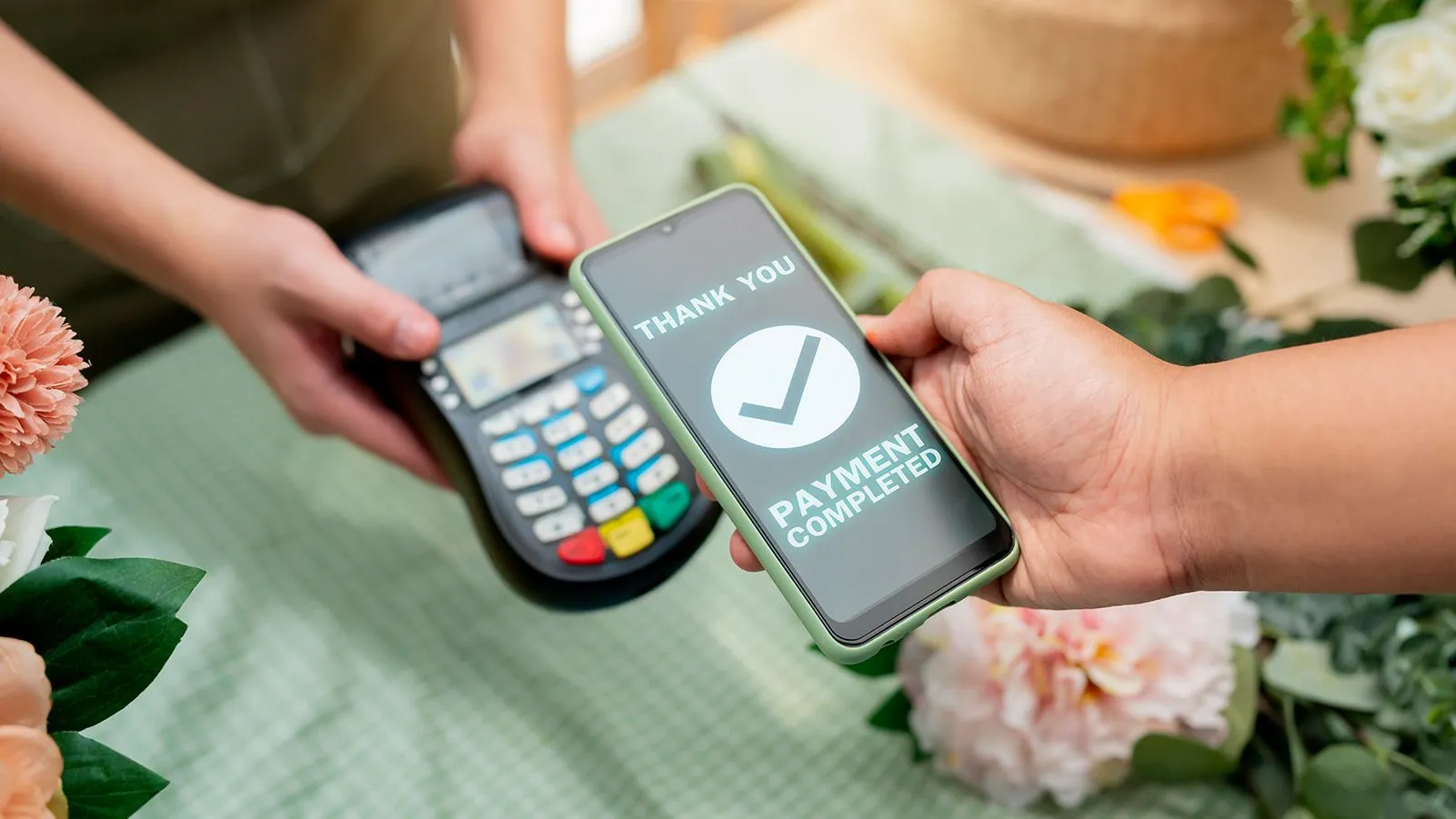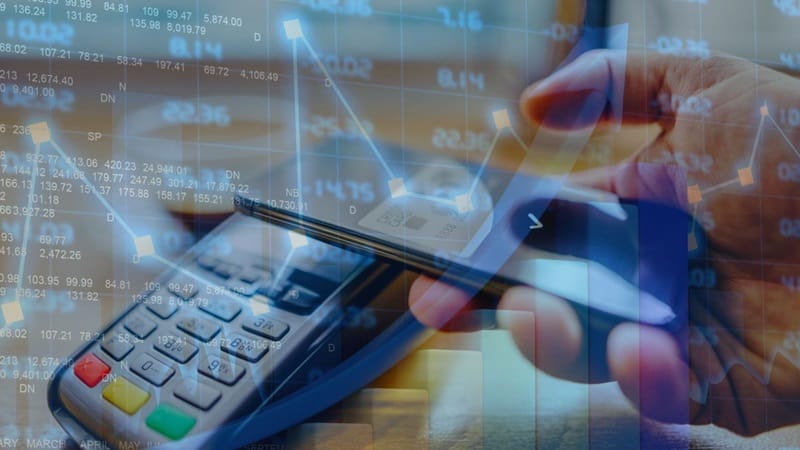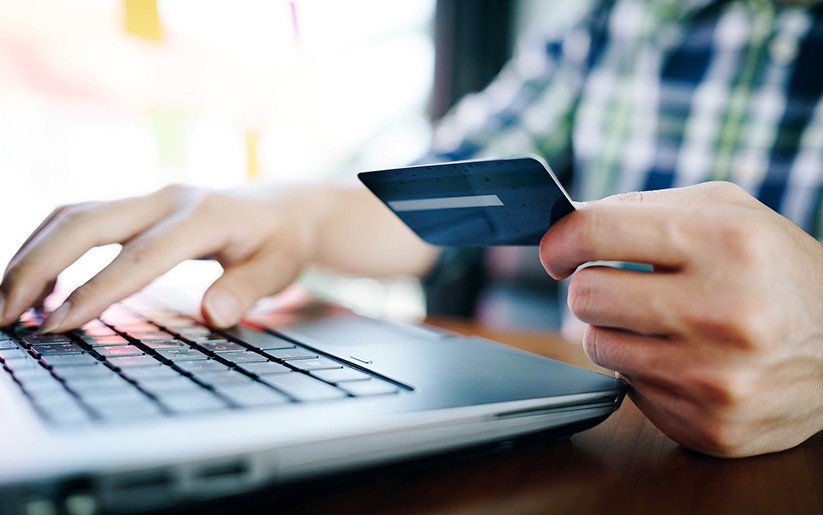Security of mobile payment platforms: it’s the digital wallet in your pocket, a tap away from paying for your morning coffee or that midnight online impulse buy. But in this convenience hides a question you can’t ignore: Is your money truly safe? I’m here to break down the walls and shed light on how these platforms strive to protect your hard-earned cash. From the birth of tap-to-pay to today’s sophisticated tech, we’ll navigate the evolution and tackle the security dragons breathing down our financial lives. Get ready — it’s time to arm yourself with knowledge and keep your money shielded in this digital age.
Understanding the Landscape of Mobile Payment Security
The Evolution of Mobile Payment Technologies
Mobile payment tech has come a long way. In the past, we used cash for everything. Today, a tap with a phone can pay for a cart full of groceries. These changes are exciting, yet they bring new challenges. Digital wallet safety and contactless transaction risks are now in the spotlight. Companies work hard to make sure each tap, each “send money” is safe.
Current Security Challenges and Concerns
As we enjoy the ease of mobile pay, crooks find new ways to mess with it. They may try to steal money or personal info. This is why mobile payment security measures are crucial. Encryption keeps data secret as it goes from place to place. Biometric authentication, like a fingerprint, checks if it’s really you. Also, two-factor authentication adds an extra step to prove your identity.
We want to stop mobile pay fraud before it starts. PCI compliance helps by setting rules on how to keep payment data safe. Near Field Communication (NFC) must be secure, so no one can grab your info out of the air. Tokenization turns your card number into a secret code, making it useless to thieves.
We must keep gateways secure, those paths that your mobile payment travels through. Mobile payment regulations and fintech cybersecurity are big words for simple ideas: keep your money safe, and make sure we’re all playing by the rules. We assess risks, spot any weak spots, and plug them up fast.
Fraud detection is always on the lookout for anything fishy. Your mobile app must meet tough cybersecurity standards. They guard against malware, those bad software bits that aim to harm. EMV chip technology, found in cards, has now gone mobile. It brings another layer of security.
Protecting your hard-earned cash is top priority in mobile pay. There’s a lot going on behind the scenes when you tap to pay. This keeps your transactions safe and lets you shop with peace of mind.
The Mechanics of Keeping Your Mobile Transactions Secure
The Role of Encryption and Tokenization
When you pay with your phone, cool things happen to keep your money safe. First off, encryption. Imagine your card number turns into a secret code. Hackers see the code, but they can’t use it. That’s encryption at work. Your real card details stay hidden while you shop.
Now let’s chat about tokenization. It’s like giving your card a disguise each time you pay. Your card gets a special one-time code. Even if someone grabs this code, it’s useless next time. It makes mobile pay protect against fraud super strong.
Using these tricks, phone payments get way safer than swiping a card.
Implementing Biometric and Two-Factor Authentication
Biometric authentication is like a secret handshake between you and your phone. It uses your fingerprint, face, or even your voice to prove it’s really you. No one else has what you got, so it’s tough for crooks to pretend they’re you.
Then there’s two-factor authentication. It’s a one-two punch for security. First, you might enter a password. Then you do a second check, like a code sent to your phone. This makes sure the person paying is really you.
See, adding these steps helps a lot. Even if a bad guy has your password, they still can’t get in. It’s like having a lock and a big guard dog at your door. That’s how your mobile payments stay super secure.
Compliance and Protection Strategies for Mobile Payments
Ensuring PCI Compliance in Mobile Platforms
When you use mobile pay, security is key. The Payment Card Industry Data Security Standard, or PCI DSS, sets the rules for this. All platforms handling card payments must follow these rules. Meeting PCI DSS means keeping your data safe. No ifs, ands, or buts.
Stores, banks, and apps use PCI compliance to protect you. This means they keep card info locked up tight. Hackers can’t just grab your info. These rules help make mobile payments safe to use anywhere, anytime.
Securing mobile pay starts with following PCI rules. But that’s not all. Apps must update their security often to keep your money safe. This includes checking all codes and fixing any weak spots fast. Trust comes when users know their payments are out of harm’s way.
Advanced Fraud Detection Mechanisms
Next up, let’s talk about keeping fraud away from your money. Mobile pays use smart tech to spot anything odd. This tech looks at millions of transactions to find bad patterns. It works day and night to catch fraudsters in the act.
Fraud detection uses lots of data to spot trouble. It learns what normal buying looks like. Then, it flags sales that don’t seem right. This might be a sudden big buy or a shop from far away.
Two cool tools in this fight are biometric checks and two-factor asks. Biometrics use your face or finger to prove it’s really you. Two-factor ask means you must pass two checks to pay. This might be a password and then a code sent to your phone.
These methods add strong layers to your transaction security. They help to stop others from spending your cash. It’s like having a high-tech guard watching over your wallet.
So, to wrap up, we’ve got rules and tech working for you. They keep mobile pays safe, so you can shop without worry. Compliance and smarts are the one-two punch against fraud. This means you can focus on the fun part – spending money on what you love!
Staying Safe in the Mobile Payment Ecosystem
Best Practices for Consumers and Mobile Pay Protections
Let’s chat about how you keep your money safe when you pay with your phone. First up, you want mobile payment security measures. Think of these as a big, strong lock on your virtual wallet. Now, to keep your digital wallet safety high, update your apps. You wouldn’t leave your front door open, right? Same idea.
Next, watch out for contactless transaction risks. Scammers are sneaky. But if you stick to known, secure Wi-Fi, they can’t mess with your mobile pay to protect against fraud. Encryption in mobile payments means scrambling your info so only the right eyes see it. Think of it as talking in secret code. Your phone does this to keep bad folks out of your digital wallet.
Oh, and two-factor authentication? Use it. Imagine needing two keys to open a treasure chest. It’s like that for your money. Plus, with biometric authentication for transactions, use your fingerprint or face. It’s a lock only your body can open.
Stick to PCI compliance mobile platforms too. They follow the rules to keep card info safe. It’s like a guard that makes sure everyone plays fair. NFC (Near Field Communication) security and tokenization in mobile payments may sound fancy. Really, they’re just ways to hide your card details when you tap to pay.
Use secure mobile gateways when shopping. It’s the difference between a flimsy tent and a fortress around your data. Always check mobile payment regulations, because it’s smart to know the safety rules. If there’s ever a hint of trouble, like mobile banking malware threats, good fintech cybersecurity steps in to fight them off.
Lastly, keep your eyes peeled for mobile payment fraud prevention tips. Whether you’re in line for coffee or shopping online, slow down and make sure each tap is safe.
Future Trends in Fintech Cybersecurity and Mobile Payment Security Standards
Wondering what’s next for keeping mobile payments safe? Get ready for even smarter tech fighting the good fight in fintech cybersecurity. The path ahead looks bright for financial data protection.
On the horizon, new mobile payment security standards are taking shape. Think about stronger armor for your virtual cash. Risk assessment in mobile payment systems will get sharper. Having better tricks to spot danger means fewer “gotcha” moments from fraudsters.
We’ll see even more secure payment technologies pop up. Imagine a world where paying with your phone feels safer than using cash. That’s our goal—with advanced safety gear like EMV chip technology in mobile payments.
And for the coders out there, there’s a push for payment card industry data security standards to be built right into apps. It’s like having a safety net woven into the fabric of your favorite smartphone payment security features.
Mobile payment fraud prevention is getting wiser. Tech that can sniff out scams before you even notice? Yes, please. Watch for this game-changing magic in fraud detection in mobile payments.
The lesson here? Your money can stay safe as you enjoy the ease of paying with a tap. Stick to the rules, embrace those techy shields, and keep learning. Together, we’ll box out the bad guys and enjoy the perks of our digital spending world.
We’ve walked through the mobile payment security world together. We’ve seen its growth. We’ve faced its security challenges. Keeping your money safe isn’t easy, but it’s crucial.
We learned how encryption and tokenization are the backbone of secure payments. We talked about how some smart moves, like using your face or a fingerprint, and two-step checks, help keep your cash safe. We also covered how sticking to rules like PCI keeps your mobile pay in check and how cool tech spots fraud before it hits.
At the end of the day, it’s about being smart. You’ve got tools and know-how to protect your mobile money. Watch for new stuff in fintech security – it’s always changing. Use what you learned here to stay one step ahead. Keep your cash safe and enjoy the ease of mobile payments with peace of mind.
Q&A :
How do mobile payment platforms keep transactions secure?
Mobile payment platforms utilize a variety of security measures to protect transactions. These include encryption, tokenization, which replaces sensitive data with unique identification symbols, and strong authentication methods like biometrics or two-factor authentication (2FA). Moreover, platforms often adhere to strict industry standards like PCI DSS (Payment Card Industry Data Security Standard) to maintain high levels of security for all payment activities.
What are the most common risks associated with using mobile payment platforms?
While mobile payment platforms are generally secure, users may face certain risks such as loss or theft of the mobile device, phishing attacks aiming to steal login credentials, or using unsecured Wi-Fi networks that can be intercepted by cybercriminals. Keeping the mobile software up to date and selecting reputable payment platforms can mitigate many of these risks.
Are mobile payment platforms safer than traditional credit card transactions?
Mobile payment platforms are often considered safer than traditional credit card transactions due to the use of advanced security features like encryption and tokenization. Unlike physical credit cards, mobile payments usually require a form of digital authorization, making it more difficult for unauthorized users to access the payment method.
How can users enhance the security of their mobile payment transactions?
Users can enhance the security of their mobile payment transactions by setting strong, unique passwords, enabling biometrics or two-factor authentication, keeping their mobile devices and apps updated, and only using trusted networks. Additionally, it’s important for users to monitor their transaction history for any unauthorized activity.
Are there any industry standards for mobile payment security?
Yes, there are industry standards for mobile payment security, such as the Payment Card Industry Data Security Standard (PCI DSS). These standards require mobile payment providers to adhere to a strict set of guidelines to protect cardholder data. Other frameworks like EMVCo’s tokenization guidelines also play a significant role in securing mobile payments.






